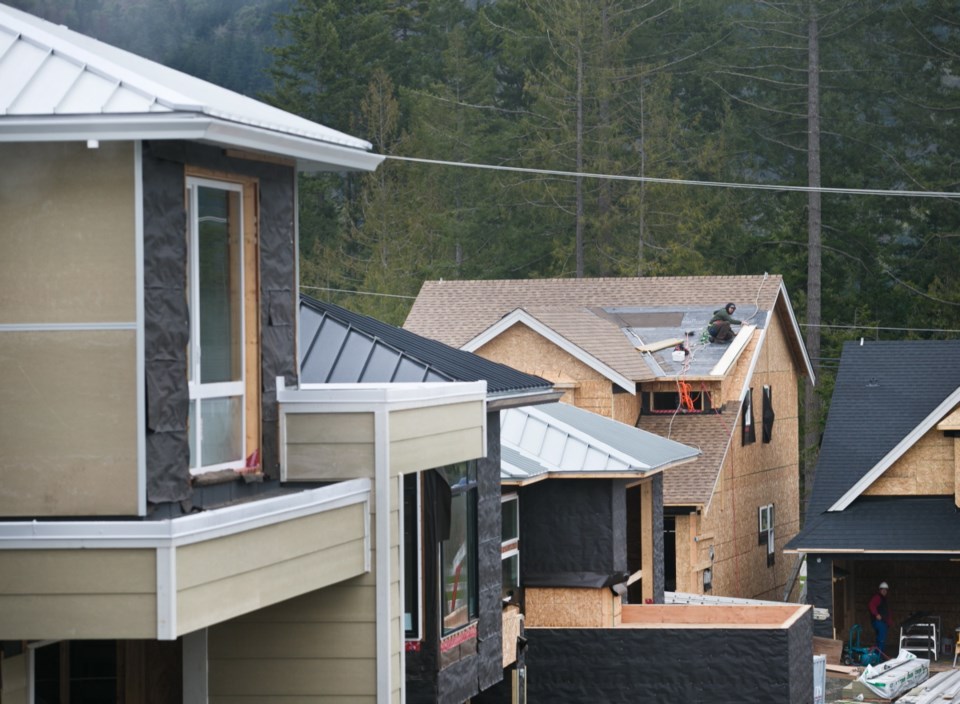Greater Victoria is in third place as the least affordable community for housing in Canada, outstripped only by Vancouver and Toronto.
High sales numbers teamed with rapid price increases “have taken a toll on housing affordability,” in the capital region, RBC said in its latest quarterly report released Wednesday.
RBC’s index for all types of housing in Greater Victoria moved to 47.4 per cent, up by one per cent, said the report, released today. It examined 14 Canadian communities.
A common yardstick among financial institutions is that these combined home costs should not exceed 30 per cent of income. The higher the number, the more difficult it is to afford a home.
Single-family rates in the capital region climbed by 1.5 per cent to reach 53.8 per cent, RBC said.
“The affordability of single-detached homes in Victoria is quite stretched compared to most cities across Canada, while the affordability measure for condo apartments eroded only slightly in the first quarter,” Craig Wright, RBC chief economist, said in a statement.
The measure for condos in Greater Victoria was more modest, at 31.9 per cent, after Vancouver, Toronto and Montreal.
If that number hits 50, for example, that means mortgage payments, utilities, and property taxes take up half of a typical household’s pre-tax income.
Vancouver’s single-family measure is the highest in Canada, at 120 per cent, while Toronto is at 71.7 per cent.
The average price of a single family house in Greater Victoria reached $763,517 in May.
Higher prices and strong demand in B.C. are being driven by a strong economy, consumer confidence, job growth, higher retail sales, and out-of-province and offshore buyers. Net interprovincial migration was close to 17,000 people last year, the highest in almost 20 years.
John Byrne, a real estate agent with the Sutton Group, West Coast Realty in Victoria, said, “Single-family homes in the core of Victoria are getting out of reach for a lot of people starting out. So certainly townhouses, duplexes, and condos are becoming options for them.”
Some buyers will purchase a condo, for example, so that they can get into the housing market and start building equity, he said. “They see that we are probably no where near our peak and they want to get in before it rises any further.”
Another thing Byrne has noticed in the market is the rise of investors in local housing, something that had dropped off about five years ago.



